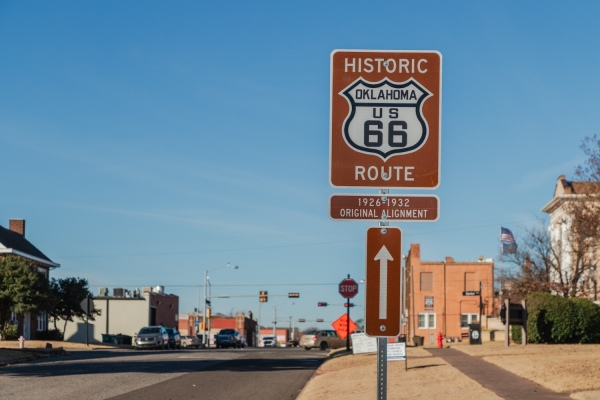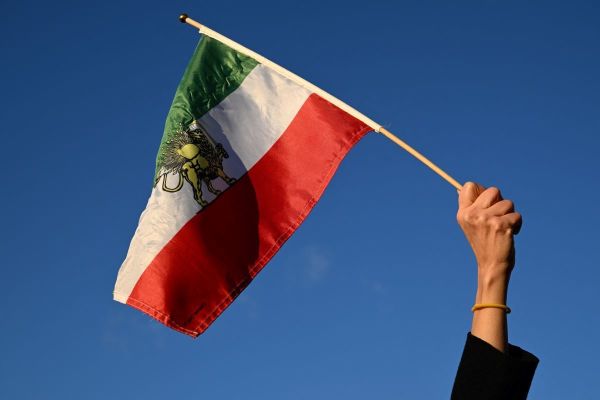Daylight Saving Time Ends; Time to 'Fall Back'
Daylight Saving Time ends Sunday. That means it's time to "fall back" and turn clocks back one hour.
Americans will have an extra hour of sleep once summer time officially ends at 2 a.m. Sunday.
What you didn't know
Benjamin Franklin first conceived the notion of Daylight Saving Time, according to author Dr. David Prerau.
During WWI, Germany was the first country to adopt DST.
The U.S. Congress established DST in 1918, in order to conserve resources for the war effort. It was observed until 1919, when the law was repealed.
It was reinstated in 1942 and observed until 1945 during WWII.
Before the latest change, "spring forward" occurred on the first Sunday of April for some two decades. It wasn't until 2007 when the country began observing an extra few weeks of DST and changing their clocks one hour forward on the second Sunday of March.
This change occurred as part of the Energy Policy Act of 2005, which then President George W. Bush signed into law.
The legislation also changed the end date for DST from the last Sunday in October to the first Sunday in November.
DST is not observed in Hawaii and most of Arizona.
An extended DST means Americans can save more energy, as people turn on their lights later in the day and spend more time enjoying outdoor activities.
It is Daylight Saving Time, and not Daylight Savings Time.





















